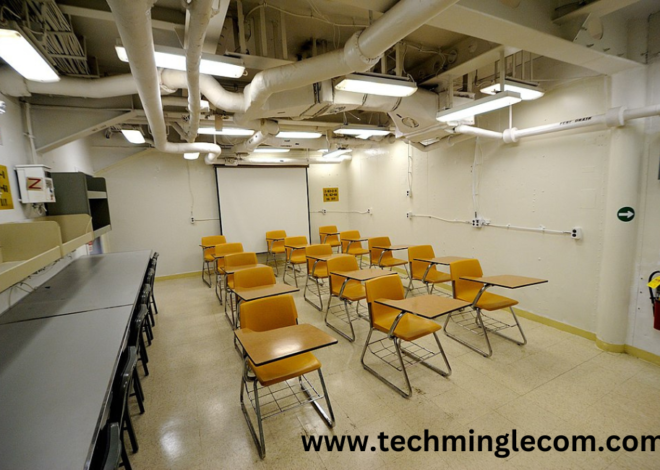
Educational Development:100% Innovative Teaching Strategies
Introduction to Academy for Educational Development
The Academy for Educational Development (AED) is a pivotal organization in the realm of global education. It’s dedicated to improving educational development outcomes and fostering community development through innovative programs and initiatives. Understanding the importance of educational development is crucial, as it lays the foundation for sustainable growth and progress in societies worldwide.
History of the Academy for Educational Development
The Academy for Educational Development (AED) has a rich history that spans several decades, marked by significant contributions to the field of education and community development.Understanding this history provides valuable insight into the evolution of educational development practices and the organization’s enduring impact.
Mission and Vision of AED
The Academy for Educational Development (AED) has consistently pursued its mission and vision to drive impactful educational developmentand community development worldwide. These guiding principles shape the organization’s strategies, programs, and initiatives, ensuring a focused and dedicated approach to addressing global educational development challenges.
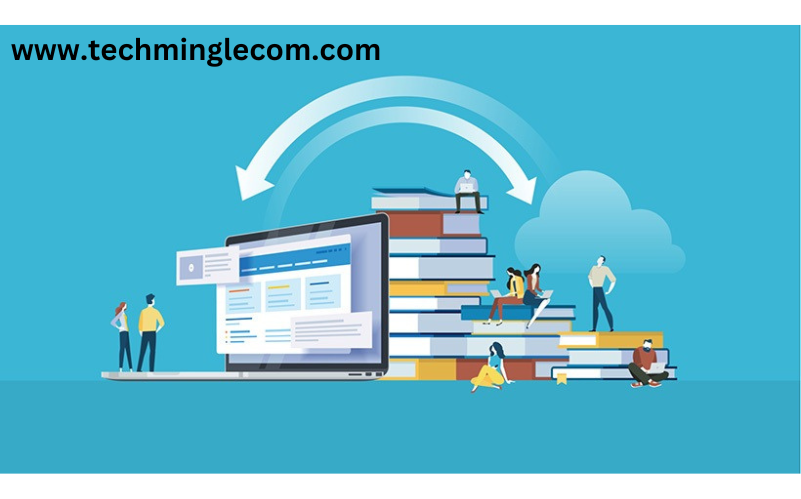
Mission of AED
The mission of AED is to improve lives through education, health, and economic opportunities. By focusing on these key areas, AED aims to empower individuals and communities, fostering sustainable development and social equity. The organization’s mission can be broken down into several core objectives:
-
Enhancing Educational Opportunities
-
-
- AED is committed to expanding access to quality education for all, particularly underserved and marginalized populations. This involves developing inclusive educational development programs, improving school infrastructure, and providing resources and training to educators.
-
-
Promoting Health and Well-being
-
-
- Recognizing the critical link between health and education, AED integrates health education into its programs. By addressing health barriers, such as malnutrition and disease, AED helps create environments where students can thrive academically.
-
-
Fostering Economic Development
-
-
- AED aims to equip individuals with the skills and knowledge needed for economic independence and growth. Through vocational training, entrepreneurship programs, and career counseling, AED supports sustainable economic opportunities.
-
-
Encouraging Community Development
-
- By engaging communities in the development process, AED ensures that its programs are culturally relevant and locally supported. Community involvement fosters ownership and long-term sustainability of educational initiatives.
Vision of AED
The vision of AED is a world where education leads to opportunity and well-being for all, contributing to the creation of thriving, equitable, and resilient communities. This vision encapsulates AEDs aspirations for a future where:
-
Inclusive and Equitable Education
-
-
- Every individual, regardless of their background or circumstances, has access to quality education. AED envisions a world where educational development opportunities are inclusive and equitable, breaking down barriers that prevent marginalized groups from learning.
-
-
Holistic Development
-
-
- Education is integrated with health and economic development to create comprehensive solutions that address the multifaceted needs of individuals and communities. AED believes that holistic development is essential for true progress and well-being.
-
-
Empowered Communities
-
-
- Communities are empowered to take charge of their development, with the skills, resources, and knowledge to create sustainable change. AED’s vision includes strong, resilient communities that can adapt and thrive in the face of challenges.
-
-
Global Impacts
-
- AED aims to have a global impact, influencing educational development policies, practices, and standards worldwide. The organization envisions itself as a leader in educational development, setting benchmarks for excellence and innovation.
Core Values
To achieve its mission and vision, AED operates on a set of core values that guide its work and interactions:
-
Integrity and Accountability
-
-
- AED is committed to maintaining the highest standards of integrity and accountability in all its operations. This ensures trust and credibility with partners, beneficiaries, and stakeholders.
-
-
Collaboration and Partnership
-
-
- AED values collaboration and actively seeks partnerships with governments, NGOs, communities, and the private sector. These partnerships enhance the reach and effectiveness of AEDs programs.
-
-
Innovation and Excellence
-
-
- AED strives for innovation and excellence, continuously seeking new and effective ways to address educational development challenges. The organization embraces change and leverages technology to enhance its impact.
-
-
Inclusivity and Diversity
- AED champions inclusivity and diversity, recognizing the strength that comes from different perspectives and experiences. The organization is dedicated to creating inclusive environments where everyone can contribute and succeed.
Programs and Initiatives
The Academy for Educational Development (AED) implements a wide range of programs and initiatives aimed at addressing educational development challenges, promoting community development, and fostering sustainable change. These programs are designed to be innovative, responsive to local needs, and impactful in achieving their objectives. Here are some of the key programs and initiatives undertaken by AED:
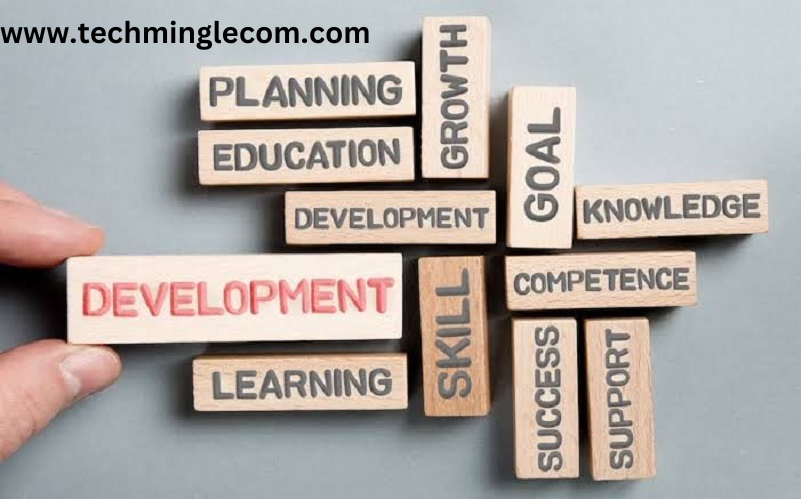
1. Education for All
AED’s Education for All program focuses on expanding access to quality education for all children, particularly those from marginalized and underserved communities. This initiative includes:
- School Infrastructure Development: Building and renovating schools, classrooms, and educational development facilities to create conducive learning environments.
- Teacher Training and Capacity Building: Providing professional development opportunities for educators to enhance their teaching skills and instructional practices.
- Student Scholarships and Support: Offering scholarships, school supplies, and educational development resources to disadvantaged students to ensure their continued access to education.
2. Health Education and Promotion
AED integrates health education into its programs to promote well-being and prevent disease. This initiative includes:
- HIV/AIDS Awareness and Prevention: Developing educational development materials and conducting outreach activities to raise awareness about HIV/AIDS transmission, prevention, and treatment.
- Nutrition Education: Providing information and resources on proper nutrition and healthy eating habits to improve the overall health and well-being of students and communities.
- Reproductive Health Education: Offering comprehensive reproductive health education to adolescents and young adults, empowering them to make informed decisions about their health.
3. Technology in Education
AED recognizes the transformative power of technology in education and actively promotes its integration into teaching and learning. This initiative includes:
- Digital Literacy Programs: Providing training and resources to educators and students on how to effectively use technology for learning purposes.
- E-Learning Platforms: Developing and implementing e-learning platforms and digital educational development resources to supplement traditional classroom instruction.
- Mobile Learning Solutions: Leveraging mobile technologies to deliver educational development content and resources to remote and underserved areas with limited access to traditional educational development infrastructure.
4. Data-driven Decision Making
AED emphasizes the importance of data-driven decision-making in education, using research findings and educational data to inform program design, implementation, and evaluation. By collecting and analyzing data on student performance, teacher effectiveness, and program outcomes, AED identifies areas for improvement and measures the impact of its initiatives. This evidence-based approach ensures that resources are allocated effectively and interventions are targeted where they are needed most.
5. Partnerships and Collaborations
AED collaborates with a wide range of partners, including governments, NGOs, academic institutions, and private sector organizations, to leverage expertise, resources, and networks for research and innovation in education. These partnerships facilitate knowledge sharing, capacity building, and joint initiatives that contribute to collective learning and innovation. By working together, AED and its partners can tackle complex challenges more effectively and drive meaningful change in education.
6. Continuous Improvement
AED is committed to continuous improvement, regularly evaluating its programs and initiatives to assess effectiveness and identify areas for enhancement. Through monitoring, evaluation, and feedback mechanisms, AED learns from both successes and failures, refining approaches and strategies to achieve greater impact. This culture of learning and adaptation ensures that AED remains at the forefront of research and innovation in education.
Impact on Education
The Academy for Educational Development (AED) has had a significant impact on education globally through its innovative programs and initiatives. By addressing key challenges and leveraging opportunities, AED has made a positive difference in the lives of individuals and communities, transforming educational development systems and fostering sustainable development. Here are some of the notable impacts of AEDs work:
1. Increased Access to Education
AEDs programs have expanded access to education for millions of children and adults worldwide, particularly in underserved and marginalized communities. By building schools, providing scholarships, and offering alternative learning opportunities, AED has helped break down barriers to education and ensure that all individuals have the chance to learn and succeed.
2. Improved Educational Quality
Through teacher training, curriculum development, and infrastructure improvements, AED has enhanced the quality of education in schools and communities. Educators equipped with improved teaching methods and resources are better able to engage students and deliver high-quality instruction, leading to improved learning outcomes and academic achievement.
3. Integration of Technology
AED’s efforts to integrate technology into education have revolutionized teaching and learning, particularly in remote and underserved areas. By providing access to computers, e-learning platforms, and digital resources, AED has transformed traditional educational practices, making learning more interactive, engaging, and accessible to students of all ages.
4. Promotion of Health and Well-being
AEDs health education programs have had a positive impact on the well-being of students and communities. By raising awareness about important health issues, such as HIV/AIDS prevention, nutrition, and reproductive health, AED has empowered individuals to make informed decisions about their health and adopt healthier lifestyles.
5. Empowerment of Women and Girls
AED’s focus on gender equality and women’s empowerment has led to increased opportunities for girls to access education and participate fully in society. By implementing programs that address gender disparities in education and promote girls’ rights, AED has helped break down cultural and social barriers that hinder girls’ education and advancement.
6. Community Engagement and Ownership
AED’s community-based approach to development has fostered greater community engagement and ownership of educational initiatives. By involving local stakeholders in the planning, implementation, and evaluation of programs, AED has built strong partnerships and created sustainable solutions that reflect the unique needs and priorities of each community.
7. Youth Empowerment and Employment
Through vocational training, entrepreneurship education, and career counseling, AED has empowered young people with the skills and opportunities they need to succeed in the workforce. By investing in youth development, AED has not only improved economic prospects for individuals but also contributed to broader social and economic development.
Challenges and Solutions
Educational development is fraught with numerous challenges that can impede progress and the successful implementation of programs. The Academy for Educational Development (AED) has encountered and addressed many of these challenges through innovative and adaptive solutions. Understanding these challenges and AED’s approaches to overcoming them provides valuable insights into the complexities of educational development work.
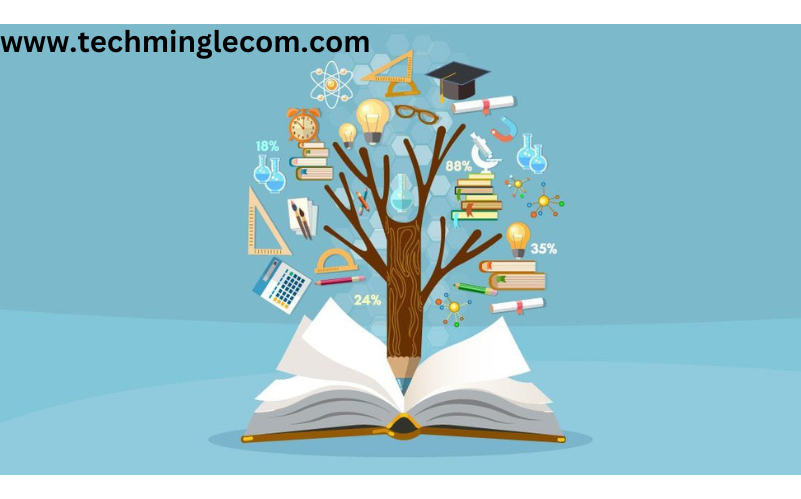
Common Challenges in Educational Development
Funding Shortages
Challenge: Securing consistent and adequate funding is one of the most significant obstacles faced by organizations working in educational development. Without sufficient financial resources, programs cannot be sustained or scaled.
Solution: AED has diversified its funding sources by seeking grants from governments, donations from private individuals, partnerships with corporations, and support from philanthropic organizations. By building a broad base of financial support, AED can maintain stability and expand its initiatives.
Political Instability
Challenge: In many regions, political instability and conflict can disrupt educational programs. Schools may be closed, resources may be diverted, and the safety of students and educators can be compromised.
Solution: AED works closely with local communities and governments to build resilient educational systems that can withstand political turmoil. This includes developing contingency plans, creating safe learning environments, and advocating for the protection of education during conflicts.
Cultural Barriers
Challenge: Cultural differences and local customs can impact the acceptance and effectiveness of educational programs. What works in one region may not be suitable for another due to varying cultural norms and values.
Solution: AED employs a culturally sensitive approach by involving local stakeholders in the design and implementation of programs. This ensures that educational materials and methods are relevant and respectful of local traditions, increasing the likelihood of success and community buy-in.
Lack of Infrastructure
Challenge: In many developing regions, inadequate infrastructure such as poor school facilities, lack of transportation, and limited access to technology can hinder educational progress.
Solution: AED focuses on infrastructure development as a key component of its programs. This includes building and renovating schools, providing transportation solutions, and introducing technology to enhance learning. Partnerships with local governments and organizations are crucial to these efforts.
Teacher Shortages and Training
Challenge: A shortage of qualified teachers and inadequate training for existing educators can severely impact the quality of education.
Solution: AED prioritizes teacher training and professional development. By offering comprehensive training programs, continuous support, and incentives, AED helps to build a skilled and motivated teaching workforce. Additionally, AED collaborates with teacher training colleges and educational institutions to ensure a steady supply of qualified teachers.
AED’s Approach to Overcoming Challenges
Innovative Program Design
AED uses innovative approaches to program design, incorporating the latest research and best practices in education. This includes leveraging technology for distance learning, creating interactive and engaging curricula, and using data-driven methods to track progress and outcomes.
Community Involvement
Engaging the community is central to AED’s strategy. By involving parents, local leaders, and community members, AED ensures that programs are tailored to meet the specific needs and preferences of the community. This participatory approach fosters a sense of ownership and sustainability.
Adaptability and Flexibility
AED’s programs are designed to be adaptable and flexible, allowing for adjustments based on feedback and changing circumstances. This agility enables AED to respond effectively to unforeseen challenges and opportunities.
Monitoring and Evaluation
Continuous monitoring and evaluation are integral to AED’s operations. By regularly assessing the impact and effectiveness of its programs, AED can make informed decisions, improve strategies, and ensure that resources are used efficiently.
Partnerships and Collaboration
Collaborating with a wide range of partners, including governments, non-governmental organizations, and private sector entities, allows AED to pool resources, share expertise, and achieve greater impact. These partnerships are crucial for scaling successful programs and addressing complex challenges
.Innovative Program Design
AED uses innovative approaches to program design, incorporating the latest research and best practices in education. This includes leveraging technology for distance learning, creating interactive and engaging curricula, and using data-driven methods to track progress and outcomes.
Community Involvement
Engaging the community is central to AED’s strategy. By involving parents, local leaders, and community members, AED ensures that programs are tailored to meet the specific needs and preferences of the community. This collaborative method nurtures a feeling of responsibility and endurance.
Adaptability and Flexibility
AED’s programs are designed to be adaptable and flexible, allowing for adjustments based on feedback and changing circumstances. This agility enables AED to respond effectively to unforeseen challenges and opportunities.
.Monitoring and Evaluation
Continuous monitoring and evaluation are integral to AED’s operations. By regularly assessing the impact and effectiveness of its programs, AED can make informed decisions, improve strategies, and ensure that resources are used efficiently.
Partnerships and Collaboration
Collaborating with a wide range of partners, including governments, non-governmental organizations, and private sector entities, allows AED to pool resources, share expertise, and achieve greater impact. These partnerships are crucial for scaling successful programs and addressing complex challenges.
Success Stories
The Academy for Educational Development (AED) has a rich history of impactful projects and programs that have transformed lives and communities around the world. These success stories highlight the effectiveness of AEDs approaches and the lasting impact of its initiatives. Here are a few notable examples.
Future Plans and Goals
The Academy for Educational Development (AED) has always been forward-thinking, adapting to changing educational landscapes and addressing emerging challenges. As it looks to the future, AED has set ambitious plans and goals to further its mission of improving global education and fostering sustainable development. Here are some of the key areas where AED is focusing its efforts for the future.
Expanding Educational Access
One of AEDs primary goals is to expand access to quality education for all, particularly in underserved and marginalized communities. This involves:
- Increasing Enrollment Rates: AED aims to reduce barriers to education by providing scholarships, building schools, and improving infrastructure in remote areas.
- Promoting Inclusive Education: Ensuring that all children, regardless of gender, disability, or socio-economic status, have access to education. This includes developing inclusive curricula and training teachers to support diverse learners.
Enhancing Quality of Education
Improving the quality of education remains a central focus for AED. The organization plans to:
- Invest in Teacher Training: Continuing to provide extensive professional development for teachers to enhance their instructional methods and classroom management skills.
- Develop Innovative Curricula: Creating curricula that are relevant, culturally sensitive, and aligned with global standards. This includes integrating STEM (Science, Technology, Engineering, and Mathematics) education and promoting critical thinking and problem-solving skills.
- Incorporating Technology: Utilizing the latest technology to create interactive and engaging learning experiences. AED plans to expand its use of digital tools, e-learning platforms, and educational software to enhance learning outcomes.
Supporting Lifelong Learning
Recognizing the importance of education beyond the classroom, AED is committed to promoting lifelong learning. Future initiatives will include:
- Adult Education Programs: Offering literacy and skills training programs for adults to improve their employability and quality of life.
- Career and Technical Education: Developing programs that equip learners with practical skills and knowledge needed for the job market, particularly in emerging industries.
Strengthening Community Engagement
AED understands that sustainable educational development requires strong community involvement. Future plans include:
- Community-Based Programs: Implementing programs that engage parents, local leaders, and community members in the education process. This fosters a supportive environment for students and enhances community ownership of educational initiatives.
- Capacity Building: Providing training and resources to local organizations and community groups to build their capacity to support education and development efforts.
Scaling Global Outreach
AED aims to deepen its impact by scaling its global outreach efforts. This involves:
- Forging fresh alliances: Working with governments, NGOs, and private sector entities to harness resources and expertise. These collaborations will enhance the scope and impact of AEDs initiatives.
- Focus on Developing Countries: Prioritizing initiatives in developing countries where educational needs are greatest. AED will continue to implement tailored programs that address the specific challenges of these regions.
Research and Innovation
Innovation and research are key components of AEDs strategy for future growth. Plans include:
- Conducting Educational Research: Undertaking research projects to identify best practices, evaluate program effectiveness, and inform policy development.
- Innovative Teaching Methods: Exploring new teaching methods and pedagogical approaches to improve learning outcomes. This includes the use of gamification, personalized learning, and blended learning models.
- Advancing Technology in Education: Investing in new technologies that can transform education, such as artificial intelligence, virtual reality, and data analytics.
Sustainable Development Goals (SDGs)
AED is committed to contributing to the United Nations Sustainable Development Goals, particularly SDG 4, which focuses on ensuring inclusive and equitable quality education and promoting lifelong learning opportunities for all. Future efforts will align with these global goals to maximize impact.
How to Get Involved
There are numerous ways to get involved with AED:
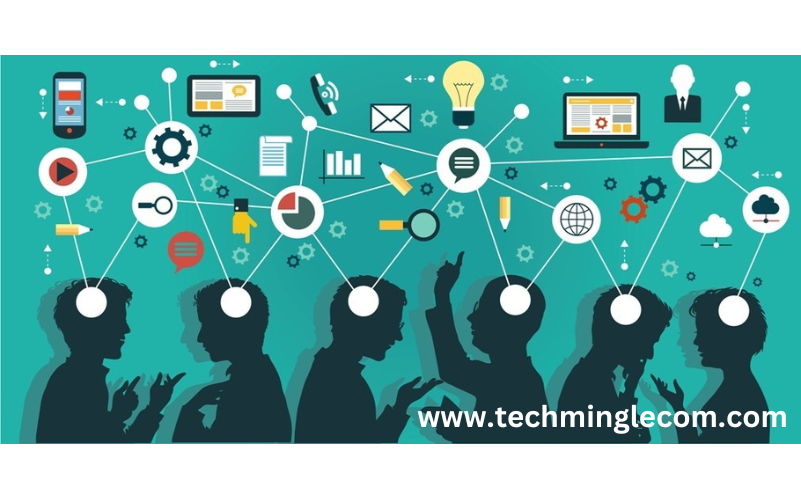
Volunteering Opportunities
Volunteers can contribute by participating in educational programs, assisting with community projects, or offering administrative support.
Partnership Opportunities
Organizations can partner with AED to support educational development through funding, resource sharing, and collaborative projects.
Donation Options
Individuals can support AEDs mission by making donations, which directly fund educational programs and community initiatives.
Testimonials
Feedback from educators, students, and community leaders paints a vivid picture of AEDs impact. Educators praise the professional development opportunities, students share their transformative learning experiences, and community leaders highlight the broader social benefits of AEDs initiatives.
Comparative Analysis
Compared to other educational development organizations, AED stands out due to its holistic approach and commitment to innovation. While many organizations focus on specific aspects of education, AED integrates educational improvement with community development, ensuring comprehensive and sustainable progress.
Conclusion
The Academy for Educational Development is a crucial player in the quest for global educational improvement. By addressing educational disparities and fostering community development, AED creates lasting change. Supporting organizations like AED is vital for building a better future where education empowers every individual to reach their full potential.
FAQs
- What is the Academy for Educational Development?
The Academy for Educational Development (AED) is an organization dedicated to improving global education standards and fostering community development through innovative programs and initiatives.
- How can I support AED?
You can support AED by making donations, volunteering, or partnering with the organization to support its educational and community initiatives.
- Where does AED operate?
AED operates globally, with projects and partnerships in various developing countries across Africa, Asia, and other regions.
- What are some of AEDs notable achievements?
AED has achieved significant milestones, including the development of innovative teaching methods, successful community programs, and impactful global outreach initiatives.
- How can I get involved with AED?
You can get involved with AED by volunteering, partnering with the organization, or making a donation to support their mission.
